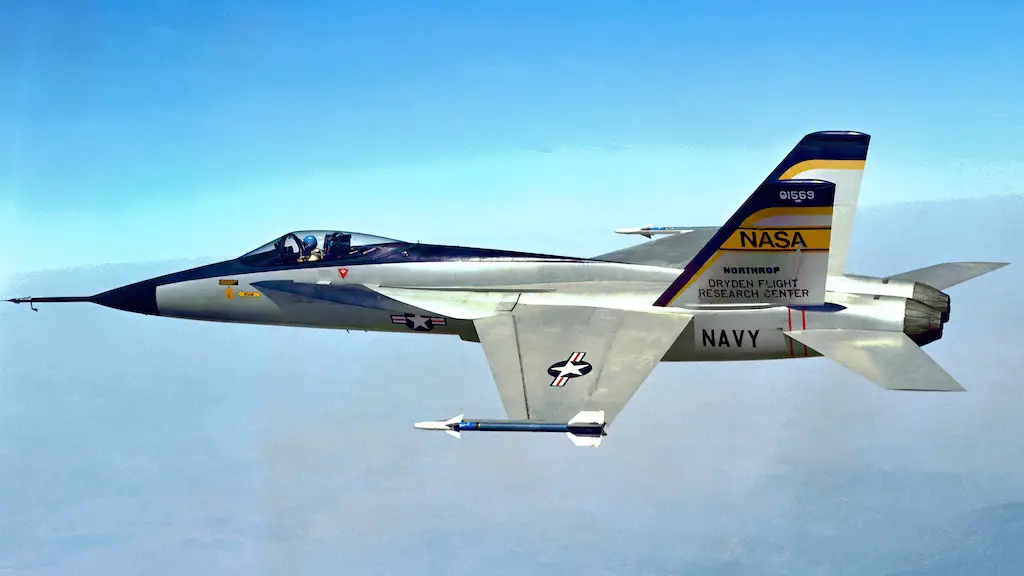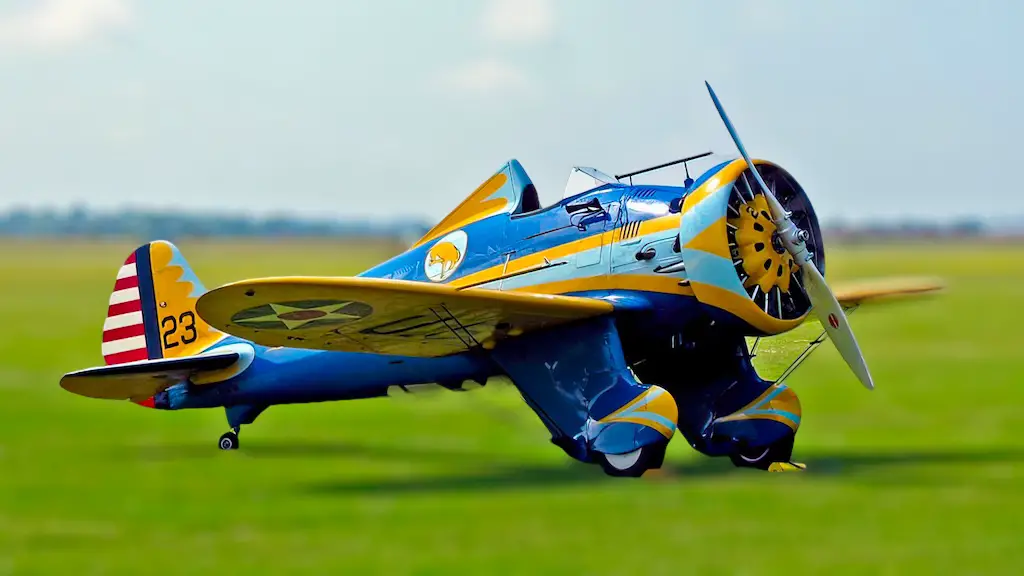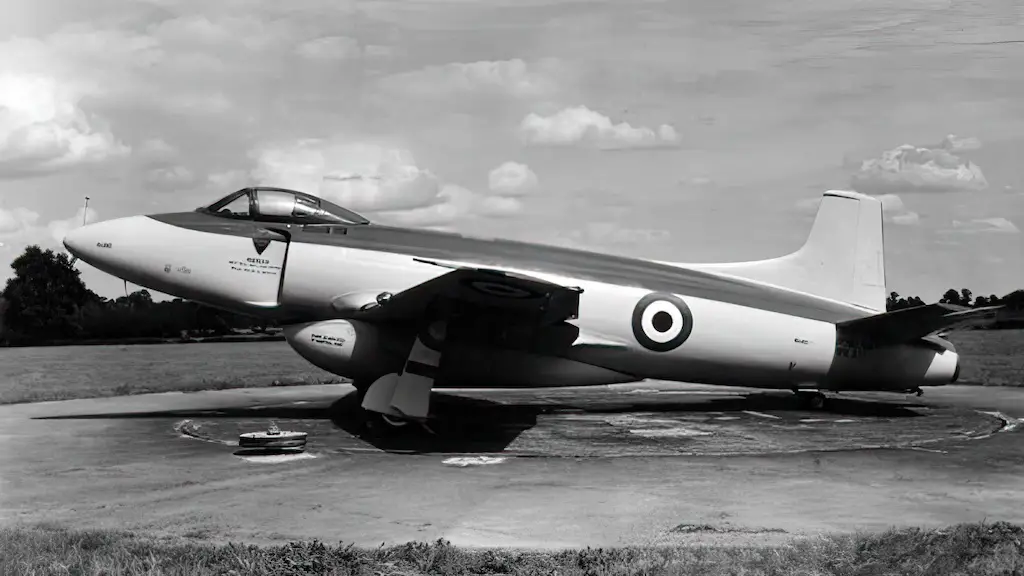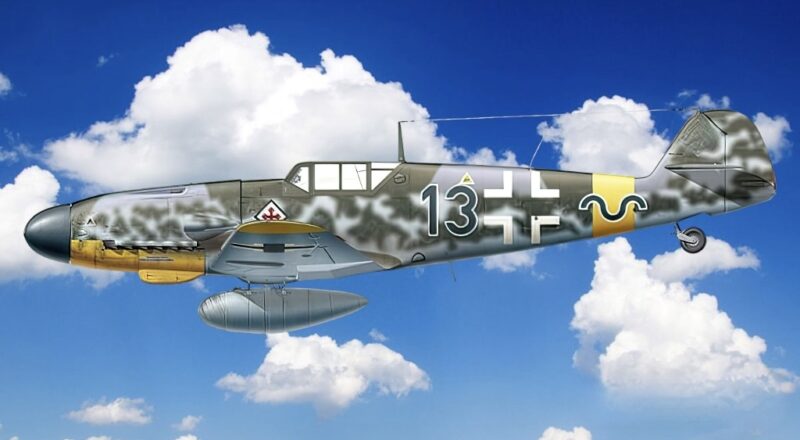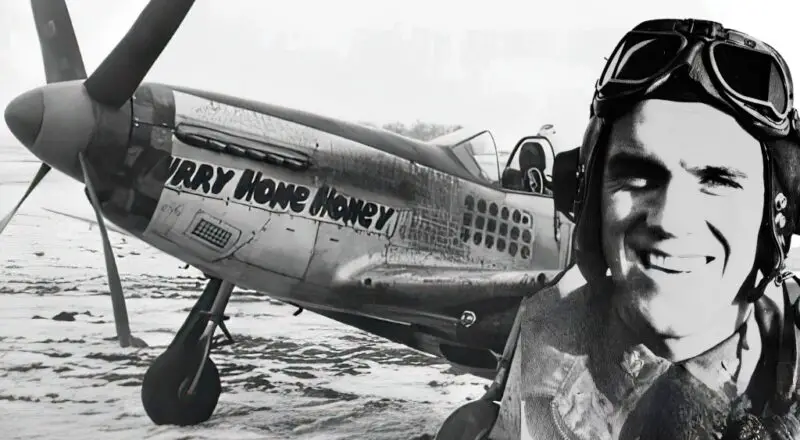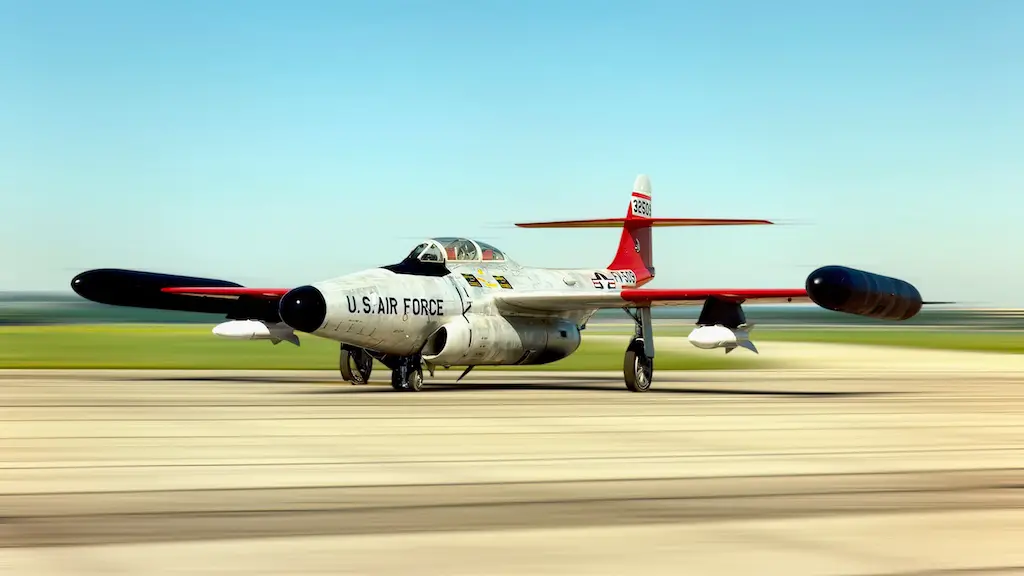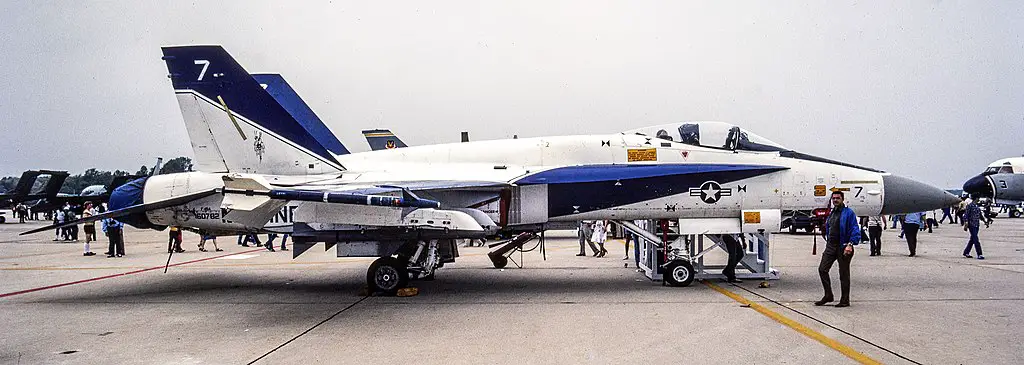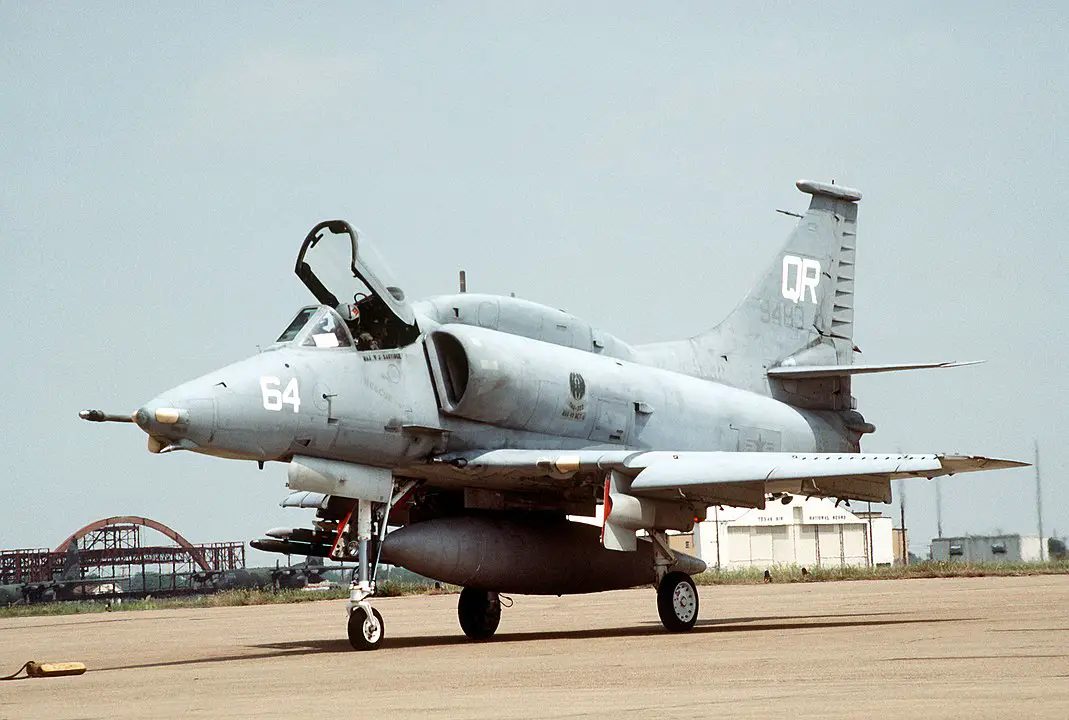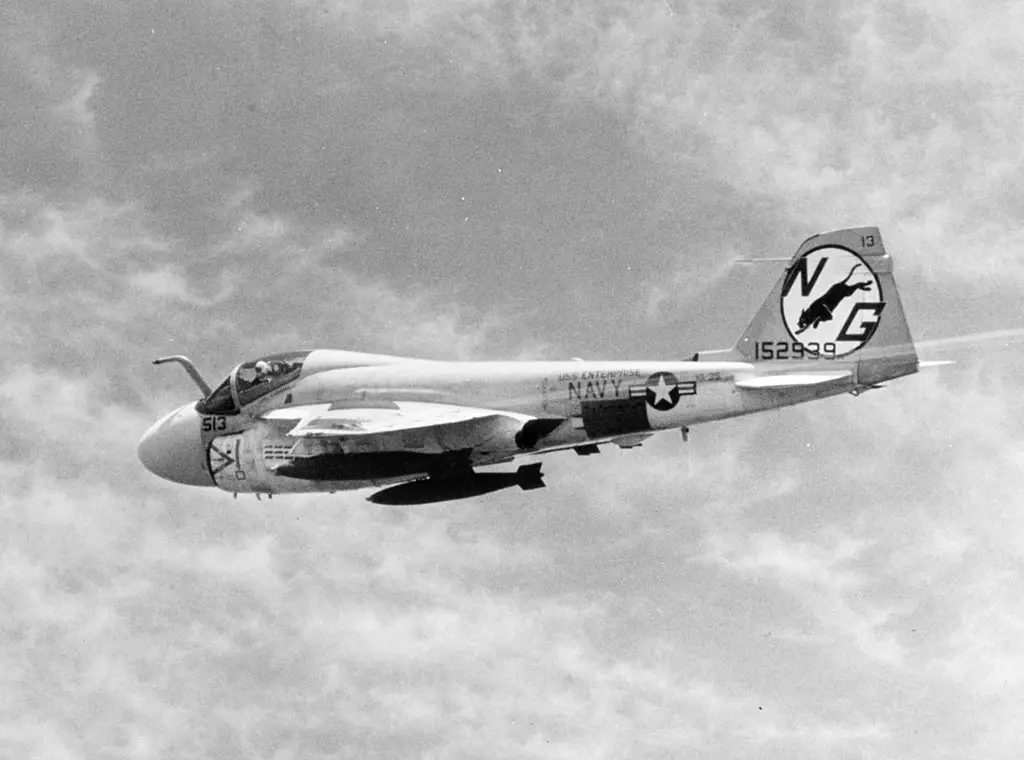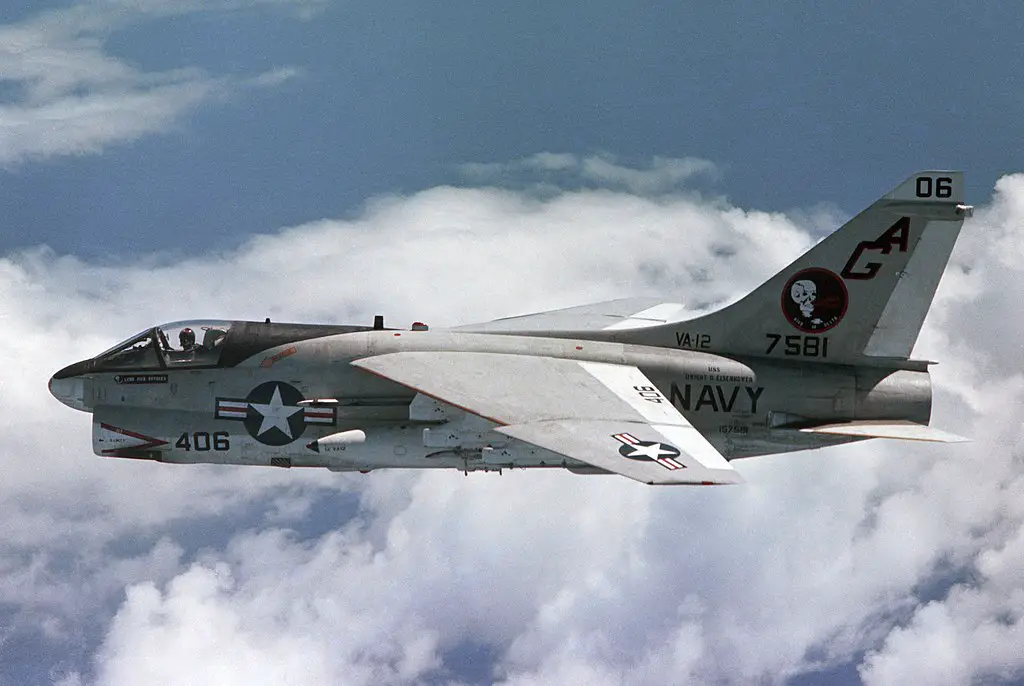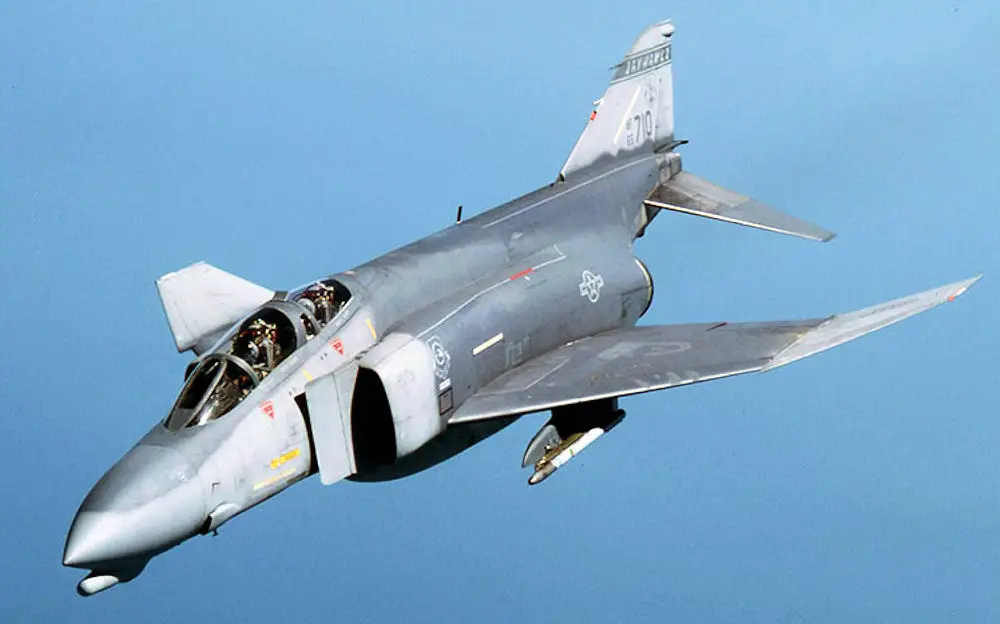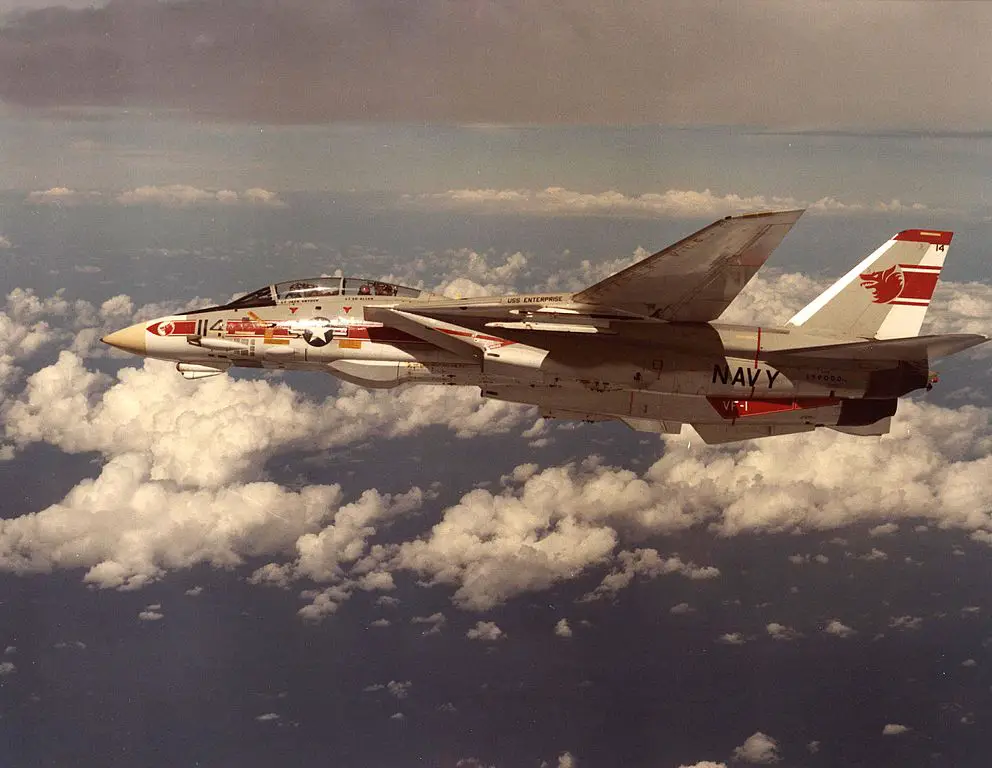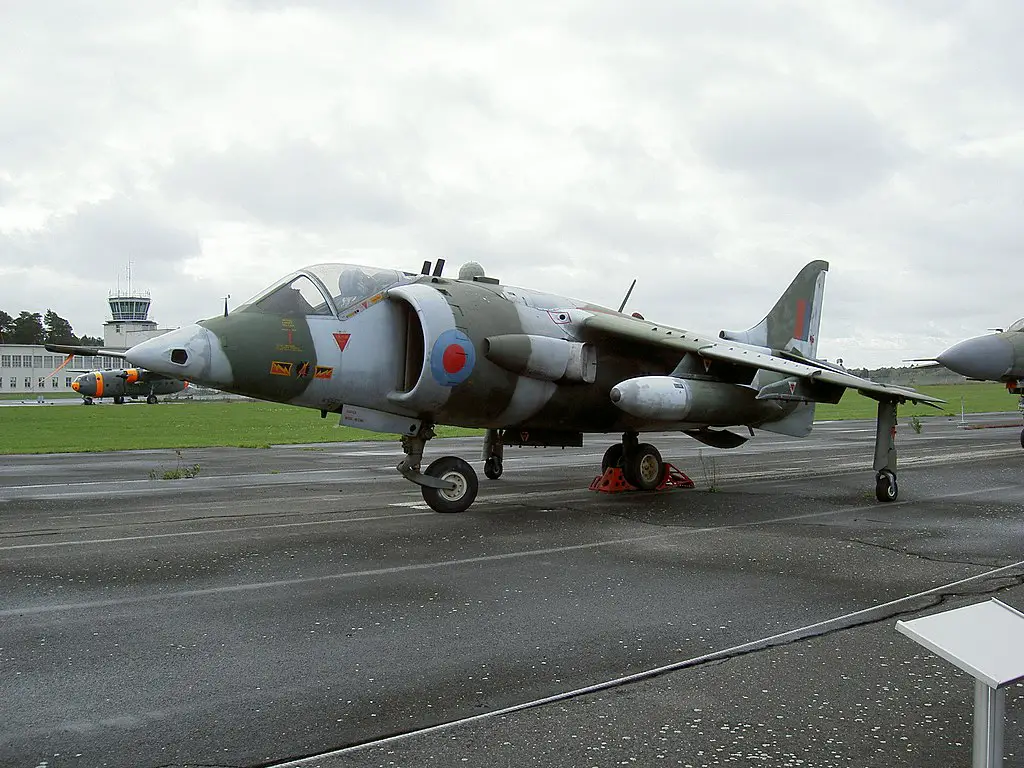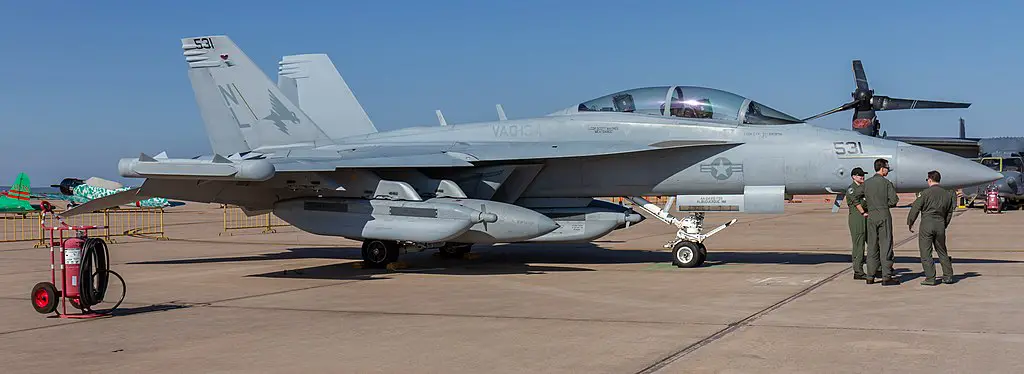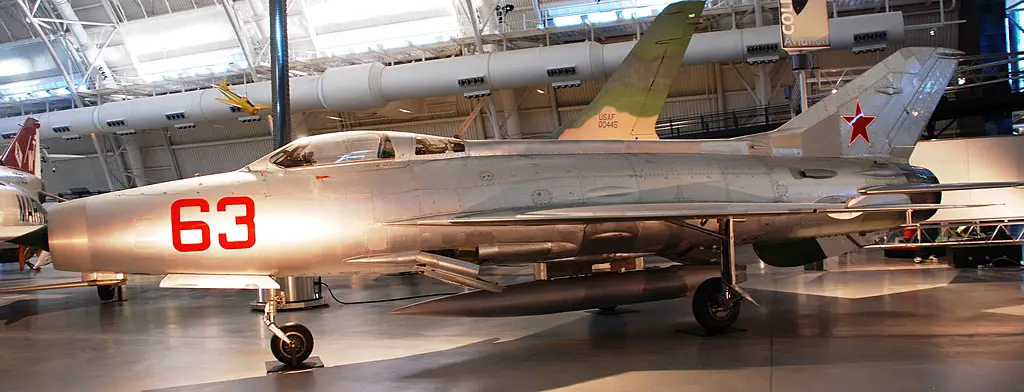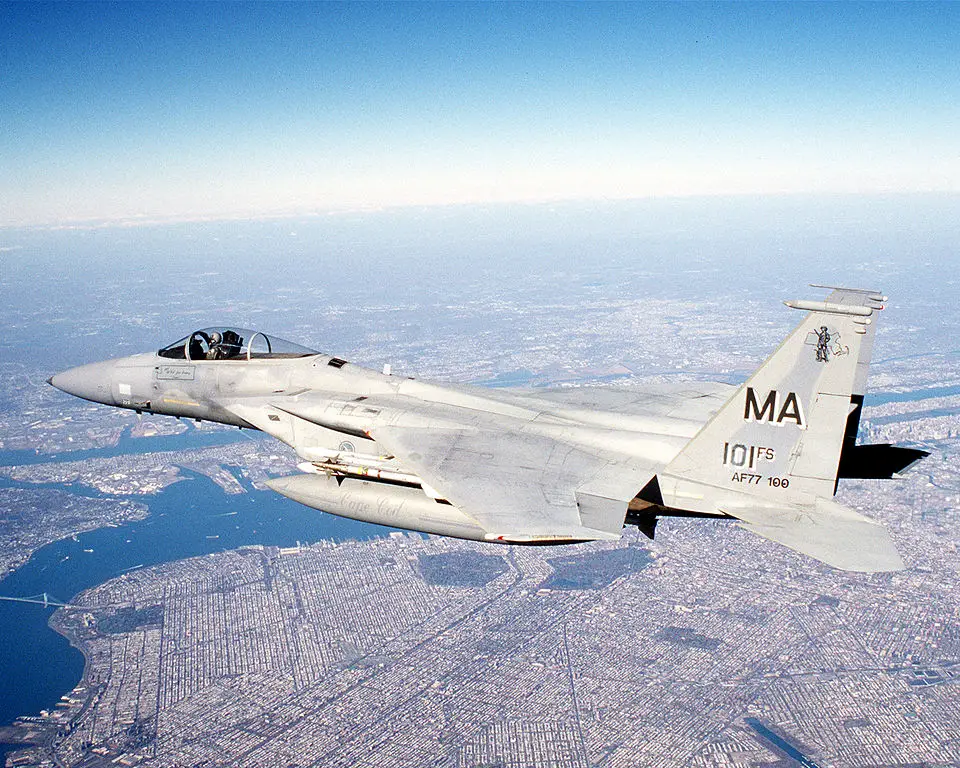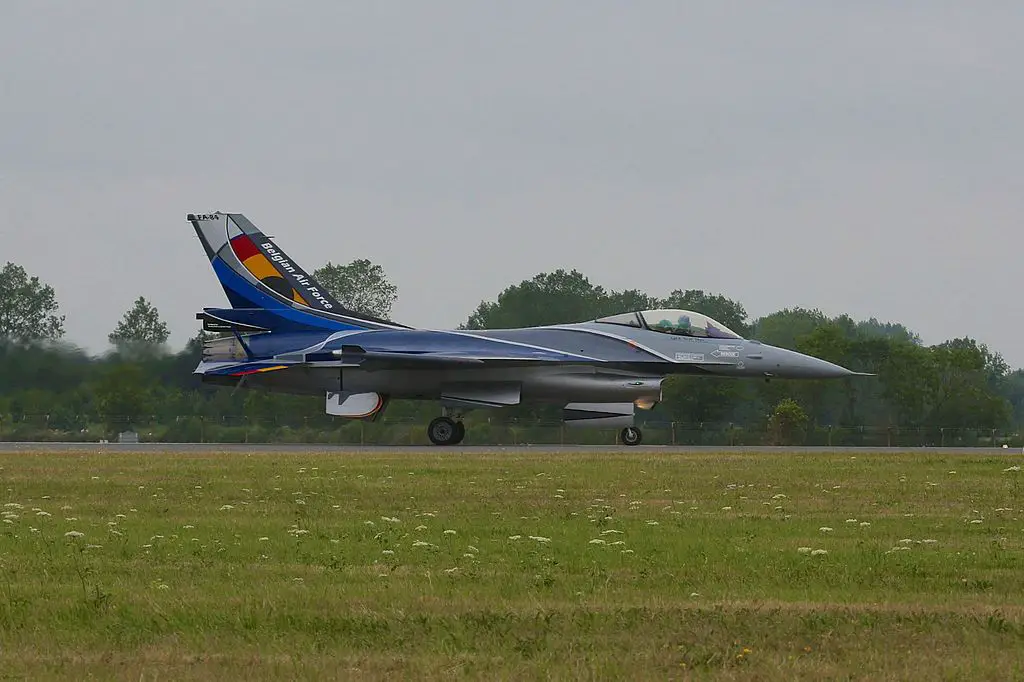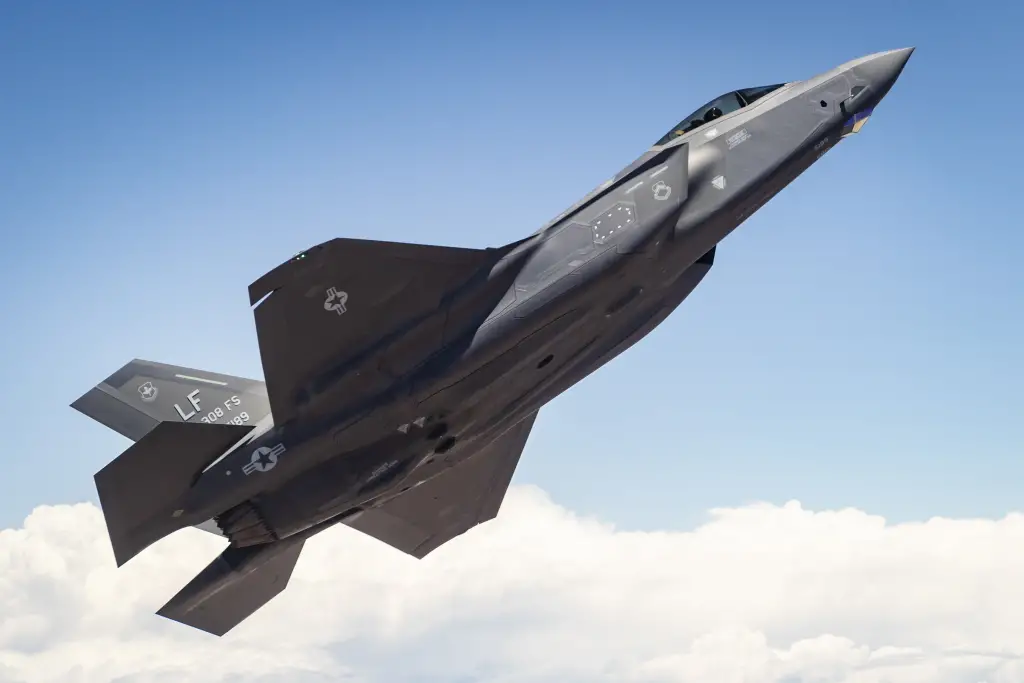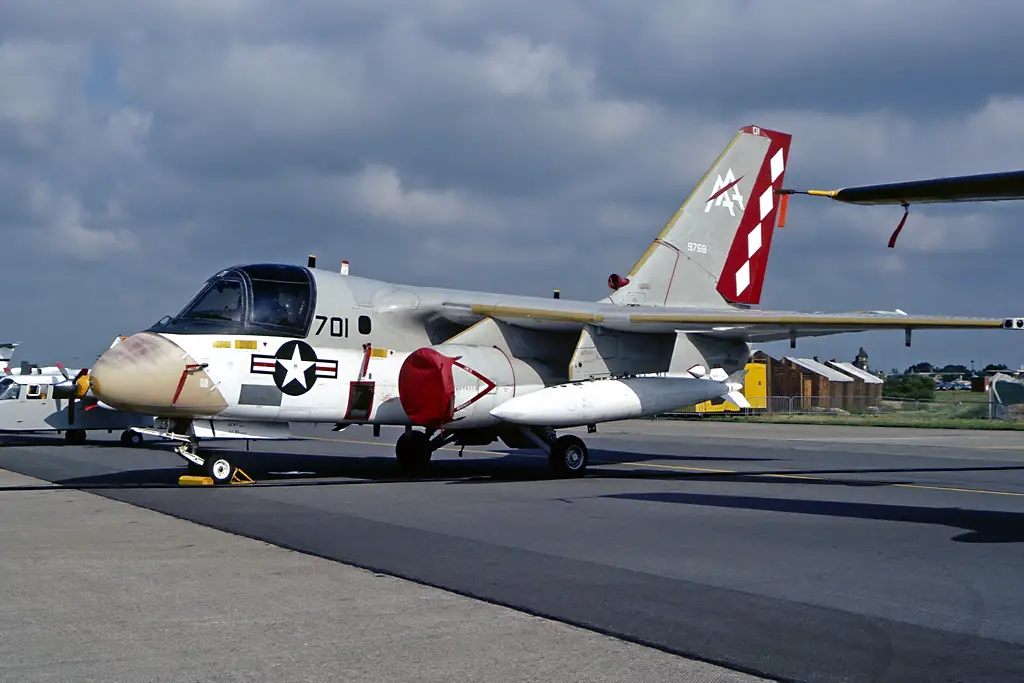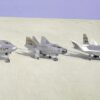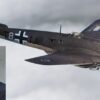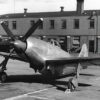The F/A-18 Hornet and Super Hornet aircraft have been the backbone of the United States Navy and Marine Corps air force for the last forty years. The F/A-18 is also in service with other North Atlantic Treaty Organisation (NATO) countries such as Canada, Australia and Spain, including non-aligned countries like Switzerland.
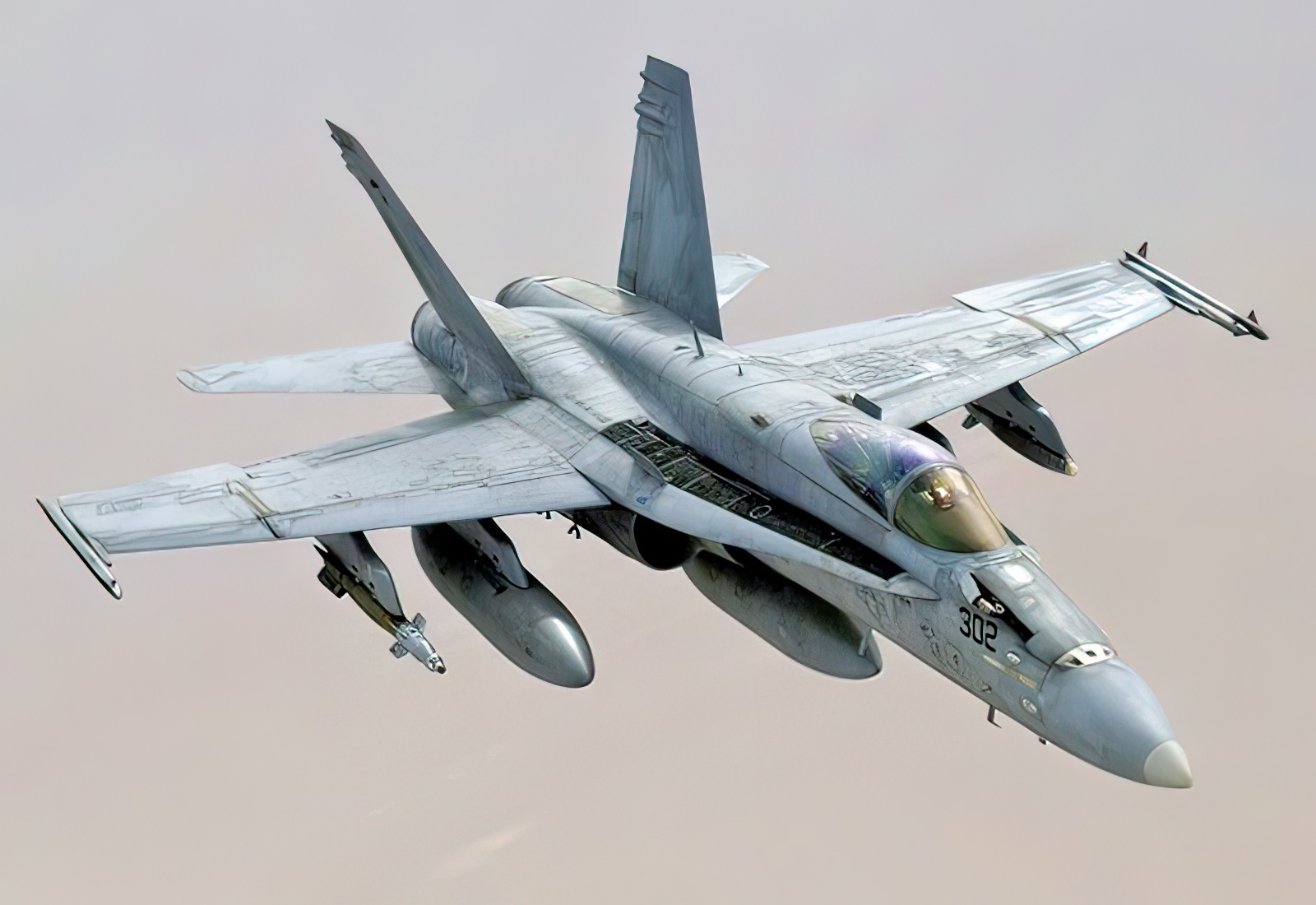
Beginnings
The Hornet first entered Marine Corps service in 1983 and then Navy service a year later. It took over from several aircraft, including the A-4 Skyhawk, A-6 Intruder, A-7 Corsair II, S-3 Viking, and the F-4 Phantom II.
Going through successive variants, up to the current F/A-18 E and F Super Hornet models, it became the sole fighter-attack aircraft in both services, eventually replacing the Navy’s F-14 Tomcat and the Corps’ AV-8 Harrier. The F-18’s airframe has attributed to its great success as well, as evident by the EA-18G Growler that uses one and is the only tactical electronic warfare aircraft in US service.
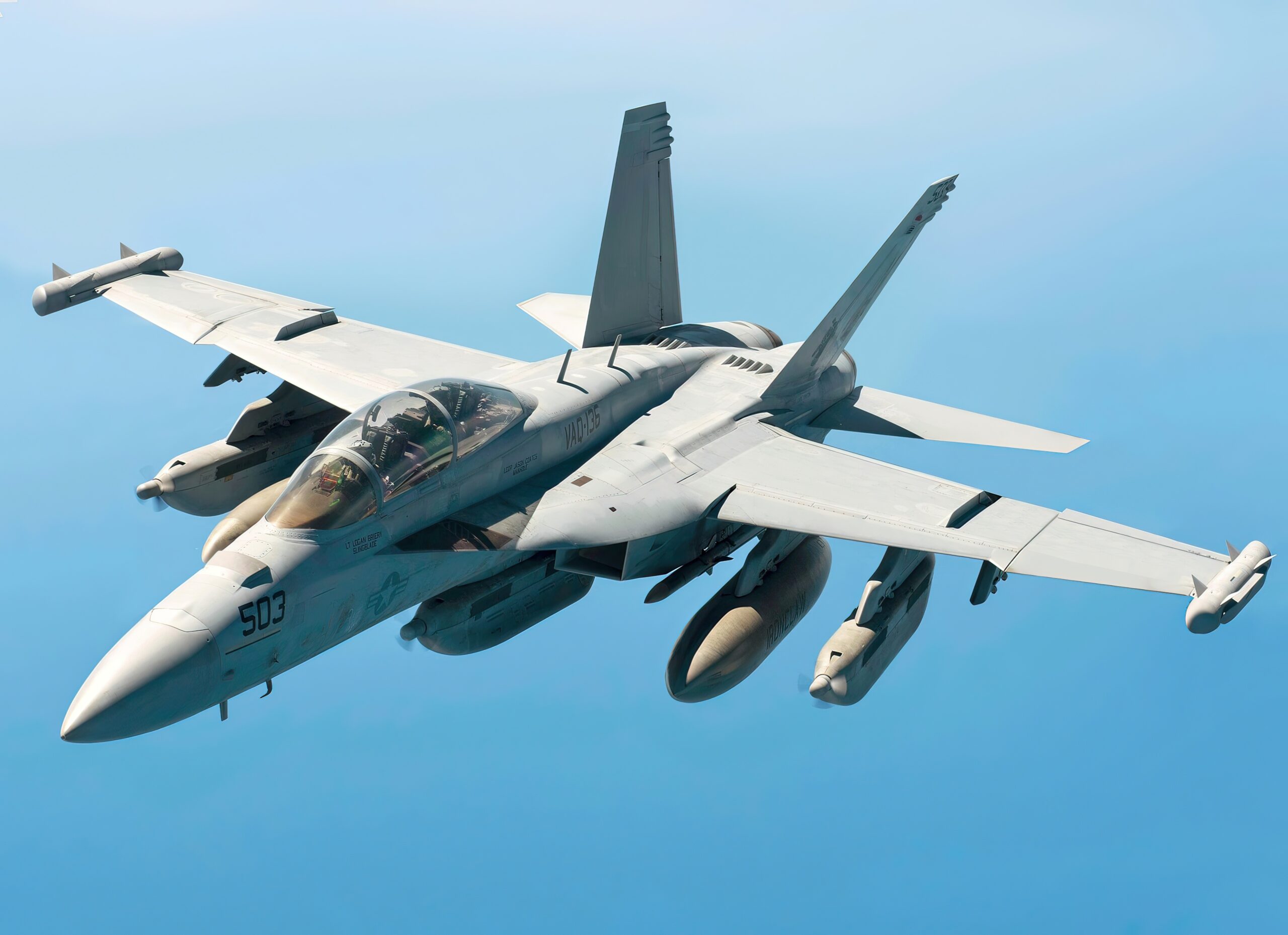
Tested in Fire
The Hornet has also proven itself well in combat. During the first Gulf War in 1991, a flight of four Navy F/A-18s were alerted to the presence of two Iraqi Air Force Mig-21 fighters.
Each F/A-18 was carrying four 2,000 lb bombs for a ground attack mission, but they retained their bomb load and had both Iraqi aircraft shot down in less than 40 seconds. The flight completed the ground attack mission and returned safely to the USS Saratoga, their carrier.
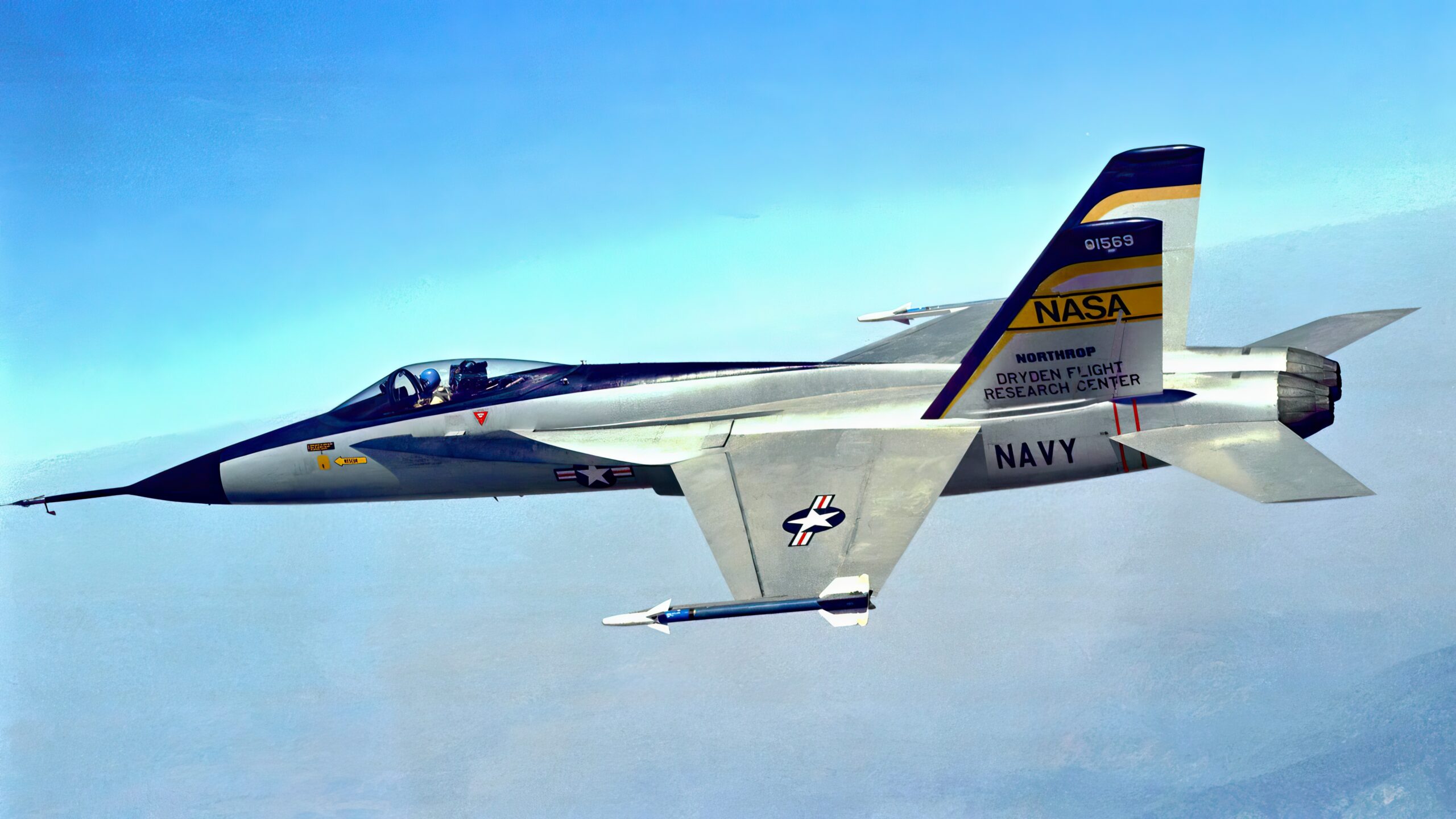
Unsatisfactory Situation
By the end of the Vietnam War, both Navy and Air Force tactical aviation had some of their minds occupied over the relatively poor performance of US fighters against the North Vietnamese Air Force.
While political restrictions limited US fighter pilot capabilities during the war, the ill-advised removal of aircraft cannons for air-to-air engagements, and the lousy performance of the air-to-air missiles they then had to rely on, contributed to an extremely poor performance overall.
Early on, the Navy developed the F-14 Tomcat to ensure adequate fighter protection for its carrier groups. The Air Force would follow suit with the F-15 Eagle. However, both aircraft were expensive and exclusively designed for air-to-air superiority. This left both services only with fleets of ageing F-4s and A-7s for ground attack roles as was the case with other European and Asian allies.
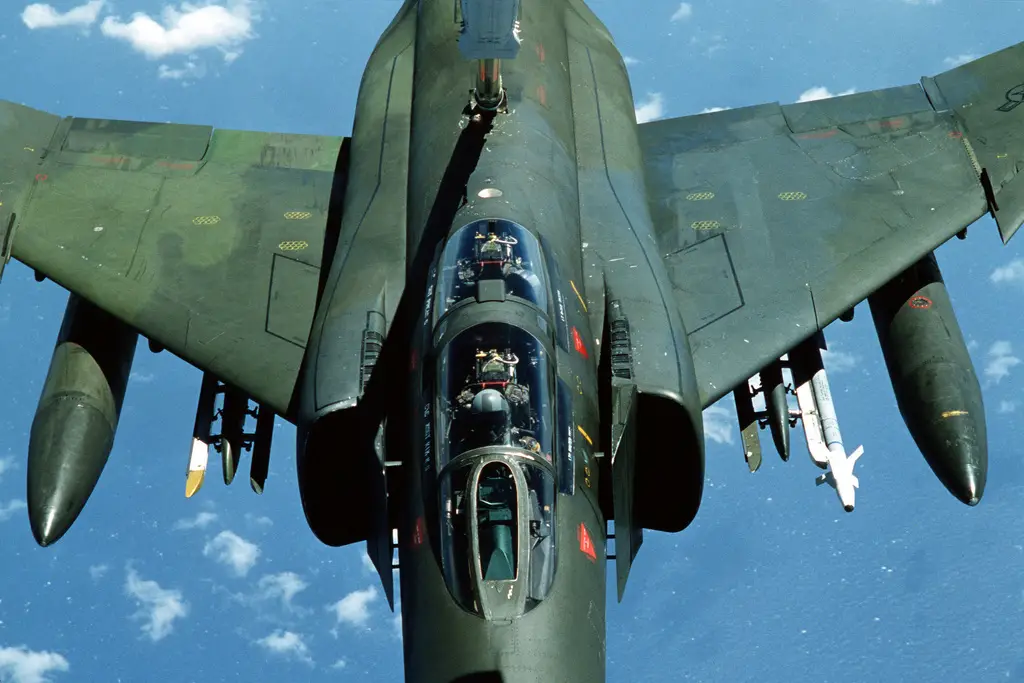
Lightweight Fighter Program
Initiated in 1974 by the Air Force, the Lightweight Fighter Program (LFP) kicked off a competition for smaller, less expensive fighter attack aircraft. As a result, many highly promising prototypes were presented but two stood out and were selected for the final competition: the General Dynamics YF-16, and Northrop YF-17.
The YF-17 had twin engines and tails as well as being larger, heavier, and more expensive than the YF-16. The YF-16 was a smaller single-engine aircraft, using the same Pratt & Whitney F100 turbofan engine as the F-15, which reduced acquisition costs and streamlined logistics in the field. It also demonstrated superior acceleration, climb rates, endurance, and turn rates, compared to the YF-17.
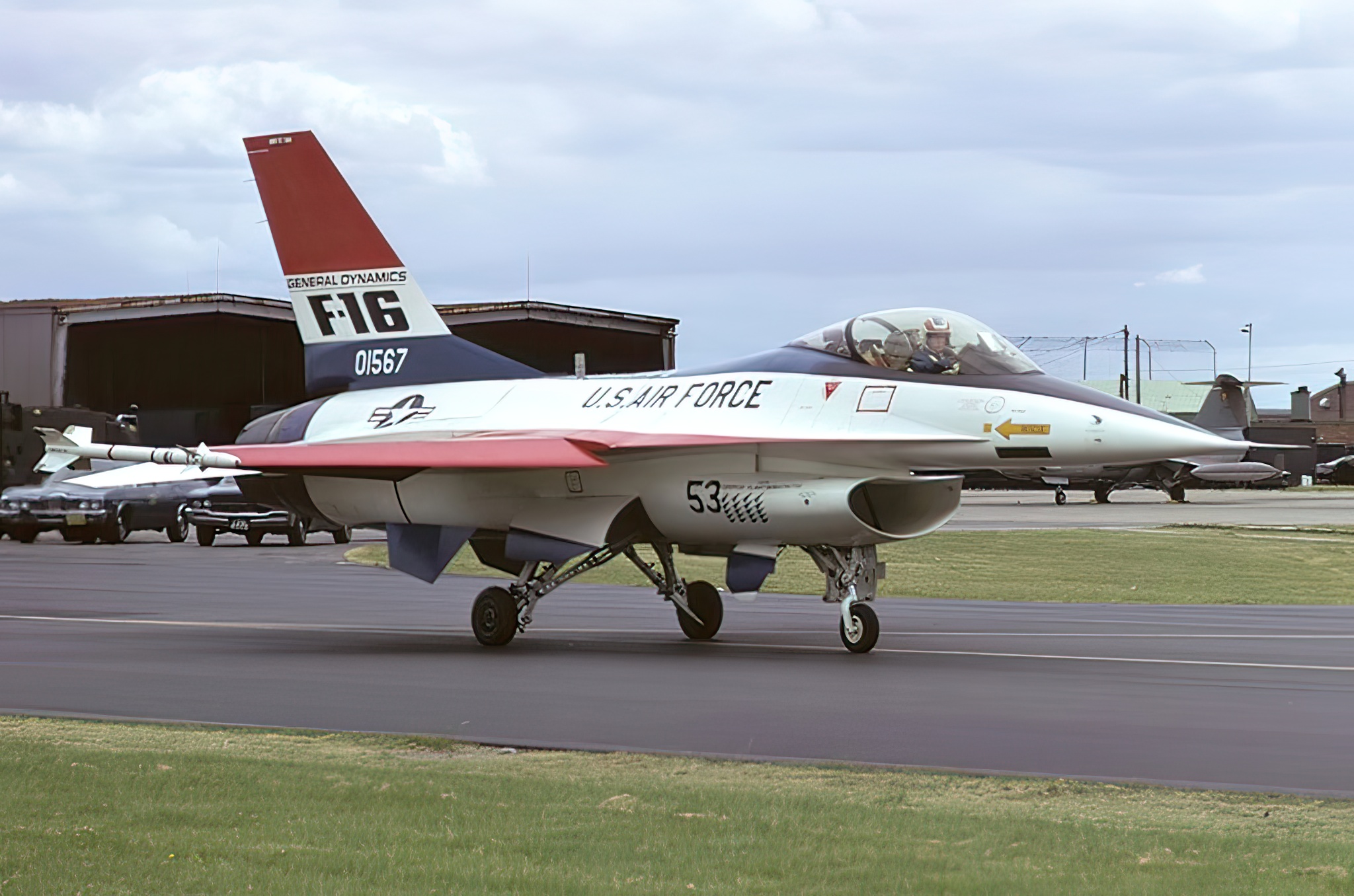
The Hornet
The YF-16 was thus selected as the new Air Force fighter in late 1974. In the meantime, the Navy was in the market for a fighter/attack aircraft to replace its ageing and diverse fleet of similar aircraft. Congress and the then Secretary of Defense directed the Navy to look at the prototypes that had emerged from the LFP.
The Navy surmised that the YF-16 did not possess adequate firepower to meet their attack needs. The smaller size also prevented the landing gear upgrades needed for the shock of carrier landings. Furthermore, long experience in maritime aviation dictated that two engines were always better than one.
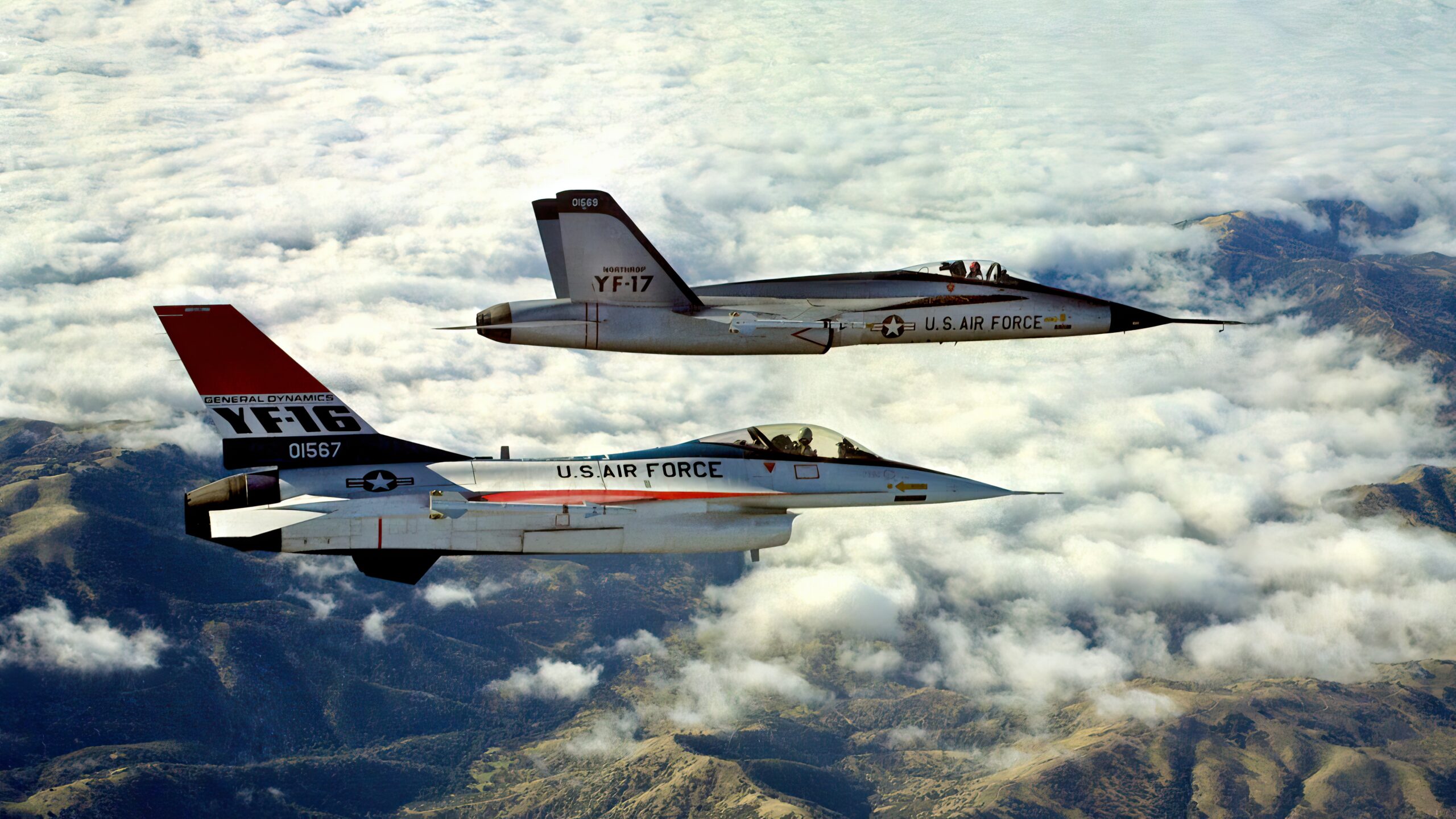
Since the original designer of the YF-17, Northrup, did not have experience with naval aircraft, a partnership with McDonnell Douglas was formed to adapt the aircraft that would become the F/A-18 Hornet.
Learning from past experiences, the latest replacement aircraft for both the F-16, F/A-18, and the Marines’ AV-8 Harrier, the fifth generation Lockheed Martin F-35 Lightning II, was designed jointly from the start, with three distinct variants (A, B, and C) for each of the three services.

